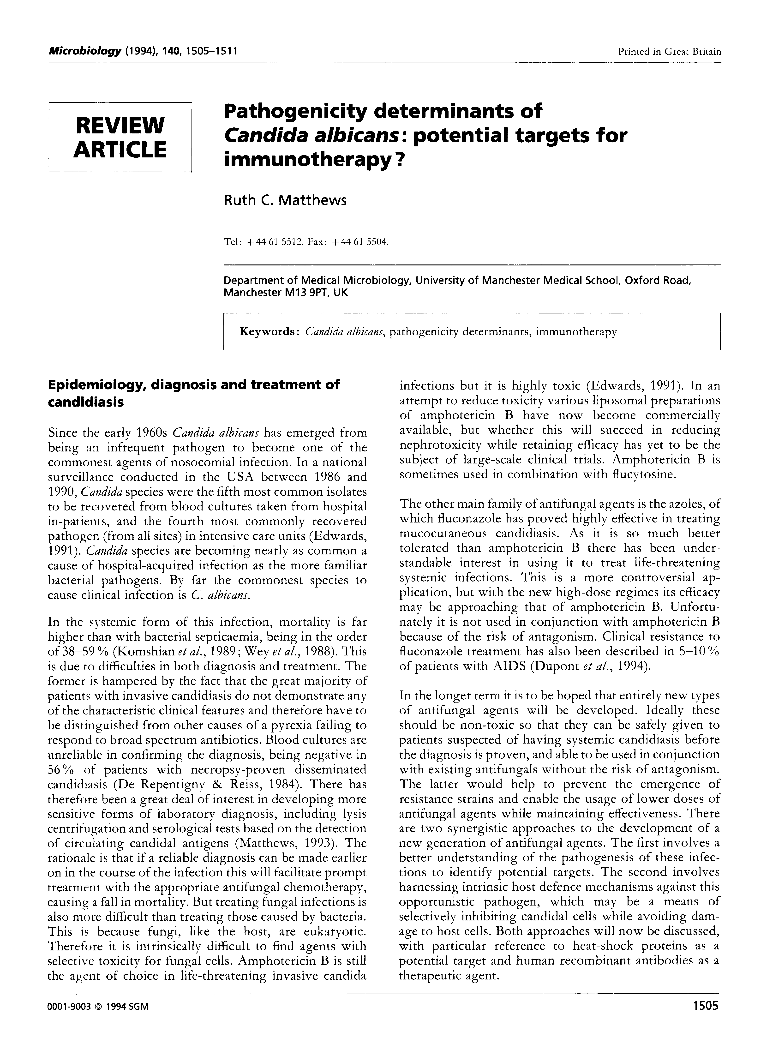
Full text loading...

Pathogenicity determinants of Candida albicans: potential targets for immunotherapy?, Page 1 of 1
< Previous page | Next page > /docserver/preview/fulltext/micro/140/7/mic-140-7-1505-1.gif
There is no abstract available.

Article metrics loading...

Full text loading...
References


Data & Media loading...
